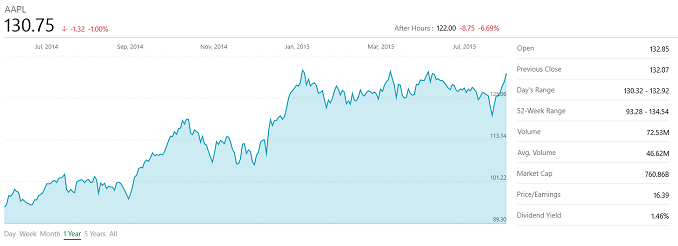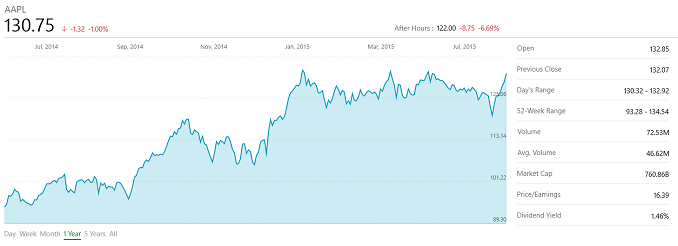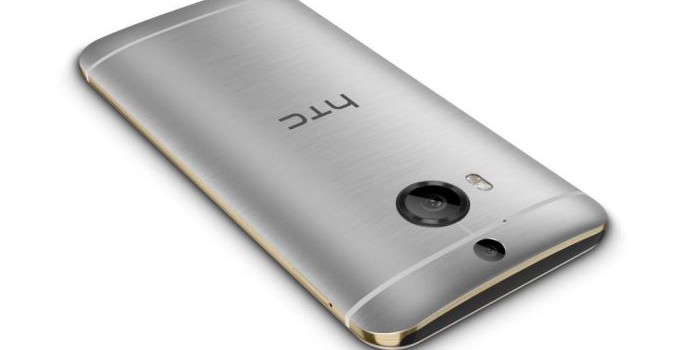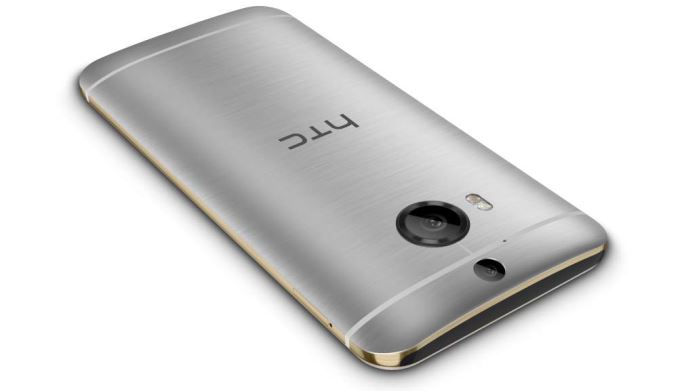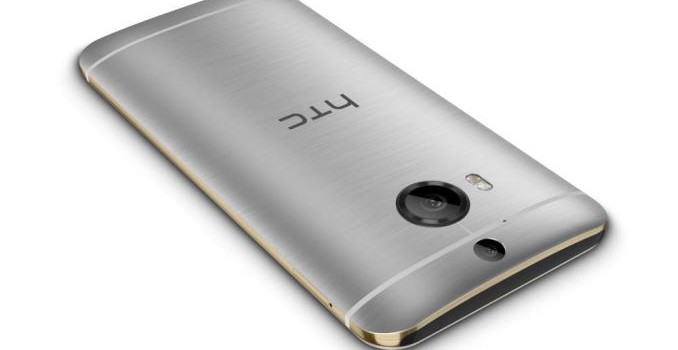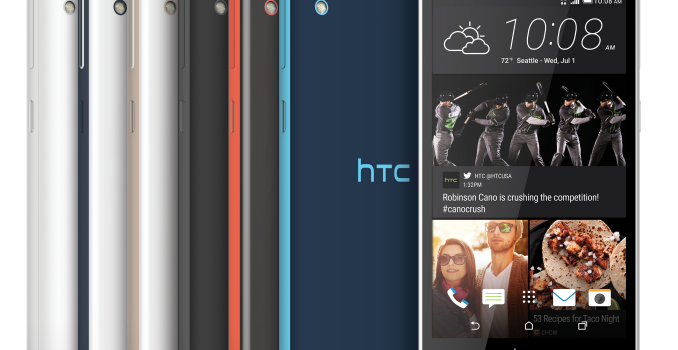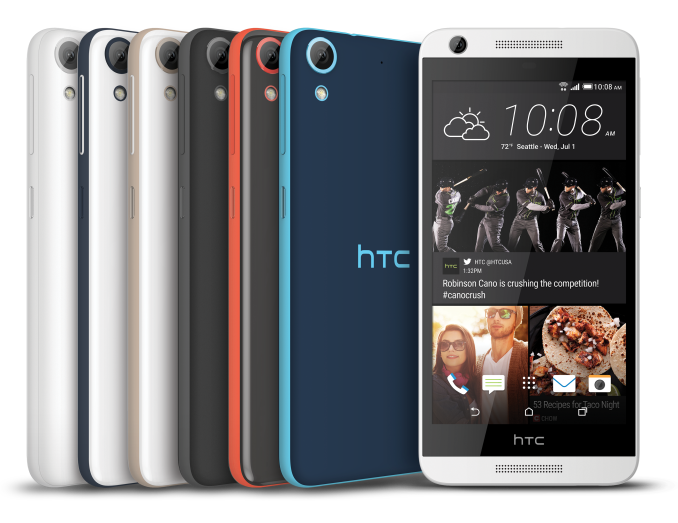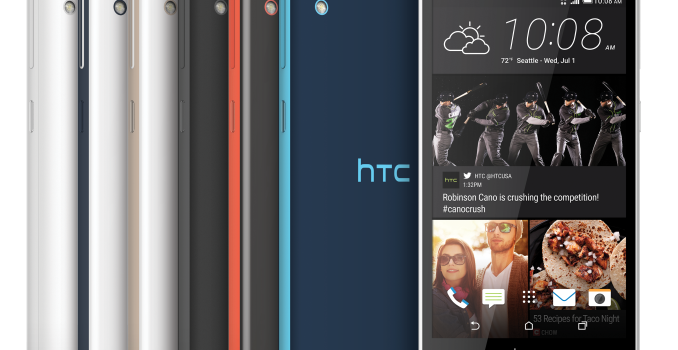Apple Reports Q3 FY 2015 Results: Record Results With Strong iPhone And Mac Sales
Today Apple released their earnings for Q3 of fiscal year 2015, which ended June 27th. In what seems to be a never-ending sequence of records, once again, Apple posted a record third quarter. Revenue for the quarter came in at $49.6 billion, up 33% from a year ago. Gross margin was $19.7 billion, also up 33% from Q3 2014. Operating income was up almost 37% to $14.1 billion, and net income was $10.7 billion for the quarter, a gain of 37.8% year-over-year. Earnings per share was $1.85, up from $1.28 in Q3 2014.
| Apple Q3 2015 Financial Results (GAAP) | |||||
| Q3’2015 | Q2’2015 | Q3’2014 | |||
| Revenue (in Billions USD) | $49.605 | >$58.010 | $37.432 | ||
| Gross Margin (in Billions USD) | $19.681 | $23.656 | $14.735 | ||
| Operating Income (in Billions USD) | $14.083 | $18.278 | $10.282 | ||
| Net Income (in Billions USD) | $10.677 | $13.569 | $7.748 | ||
| Margins | 39.7% | 40.8% | 39.4% | ||
| Earnings per Share (in USD) | $1.85 | $2.33 | $1.28 | ||
Apple’s iPhone business has been the primary factor in these record breaking quarters, and the iPhone 6 and 6+ sales continued to be strong. For the quarter, Apple sold 47.5 million iPhones, which is a gain of 35% in units. Even more impressive is that these 35% more units resulted in 59% more revenue, with iPhone sales totalling $31.4 billion for this quarter alone.
Mac sales have also been strong, and while Apple has generally outpaced the PC market in sales growth for a while, Apple saw an additional 5% in Mac unit sales for Q4 compared to Q3, and 9% from a year ago. This is at a time where the rest of the PC market is contracting, so Mac sales were an impressive 4.8 million units, with revenue of just over $6 billion for the quarter. The resurgence of the Mac has been quite the rise, with Mac revenue being eclipsed quite a bit by the iPad not very long ago. Times have changed though and Apple’s PC business is currently the only one that has seen an increase in sales according to the reports floated around in the last couple of weeks.
iPad sales though are not so rosy. The iPad sales were very strong, and while sales are not exactly terrible, the number of units being sold has been dropping for some time. Much debate has been about why this is, but certainly owners of the iPad have not felt the need to refresh their devices anywhere nearly as quickly as phones. For the quarter, there were 10.9 million iPads sold, which resulted in revenue of $4.5 billion. The number of units sold is down 13% from Q2, and down 18% year-over year.
| Apple Q4 2014 Device Sales (thousands) | |||||
| Q3’2015 | Q2’2015 | Q3’2014 | Seq Change | Year/Year Change | |
| iPhone | 47,534 | 61,170 | 35,203 | -22% | +59% |
| iPad | 10,931 | 12,623 | 13,276 | -13% | -18% |
| Mac | 4,796 | 4,563 | 4,413 | +5% | +9% |
Services, which include iTunes sales, AppleCare, Apple Pay, and will include Apple Music in the future, saw a nice jump as well with just over $5 billion in revenue for the quarter. This is up 1% from last quarter, and up 12% from last year.
“Other Products” which is Apple TV, Apple Watch, Beats, iPods, and accessories had a big quarter, and while individual numbers were not announced, it is likely due to initial sales of the Apple Watch which came out in the quarter. For Q3, this group had sales of $2.6 billion, up 56% from last quarter and up 49% year-over-year. Likely most of the increase can be attributed to the Watch, but without knowing average selling price, it would be pretty difficult to try and extrapolate unit sales without more information.
| Apple Q2 2015 Revenue by Product (billions) | |||||
| Q3’2015 | Q2’2015 | Q3’2014 | Revenue for current quarter | ||
| iPhone | $31.368 | $40.282 | $19.751 | 63.2% | |
| iPad | $4.538 | $5.428 | $5.889 | 9.1% | |
| Mac | $6.030 | $5.615 | $5.540 | 12.2% | |
| iTunes/Software/Services | $5.028 | $4.996 | $4.485 | 10.1% | |
| Other Products | $2.641 | $1.689 | $1.767 | 5.3% | |
This pipeline post is quite a bit shorter than the Microsoft earnings, but for all of the right reasons. There is less to say when things are going as well as they are for Apple right now. iPhone sales are still a huge part of their balance sheet, and seem to have no sign of slowing down. People obviously wanted a larger iPhone and sales have skyrocketed since the iPhone 6 and 6+ were launched. But I think we were all expecting this based on past performance. I think what is most interesting is how much of the PC market Apple has managed to chip away with Mac sales, which are up an amazing 9% when the rest of the market contracted.
For Q4, Apple is expecting revenue of $49 to $51 billion, with a gross margin of 38.5 to 39.5%.
Source: Apple Investor Relations

